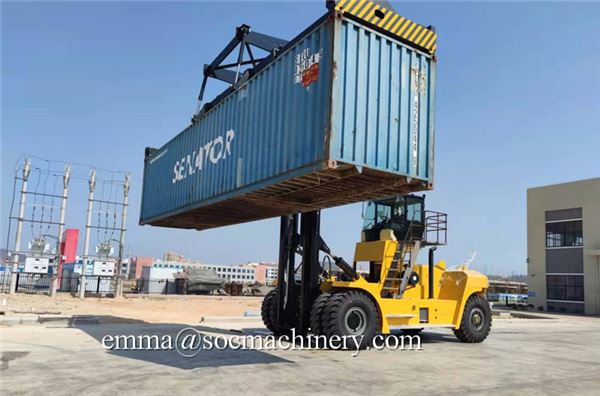kevinknight
Banded Mongoose
We recently ran into a scenario where it was important to know how long it took for a speculative cargo lot to arrive and then how long it took to load the cargo onto the ship. I could not find anything that discusses this. Does anyone know if/where something like this is addressed?
The only real reference I found was in the UNREP option where it states that each ton of UNREP can process 20 tons per hour.
Also, the loading belt states that it can do the work of 10/25 crewmen but I couldn't find how much a crewman can do.
Another thing was speeding up the delivery of the cargo. Are there rules for getting a rush order on a speculative cargo?
Thanks!
The only real reference I found was in the UNREP option where it states that each ton of UNREP can process 20 tons per hour.
Also, the loading belt states that it can do the work of 10/25 crewmen but I couldn't find how much a crewman can do.
Another thing was speeding up the delivery of the cargo. Are there rules for getting a rush order on a speculative cargo?
Thanks!

